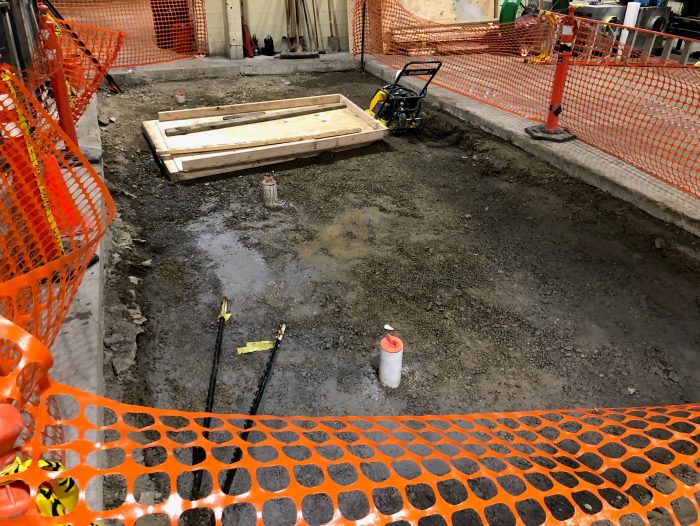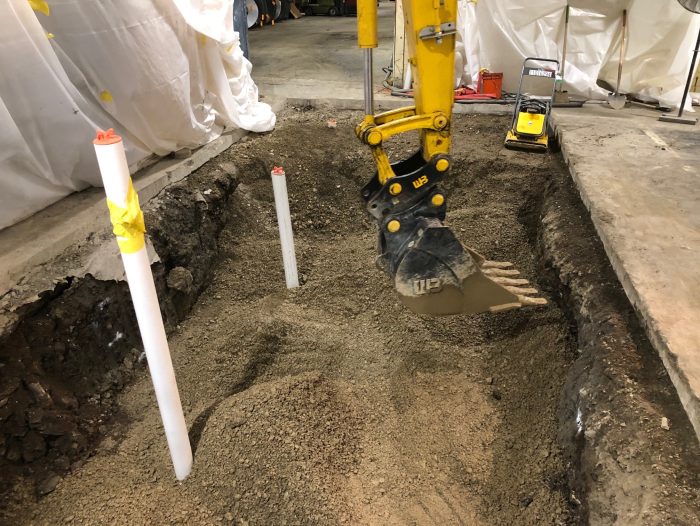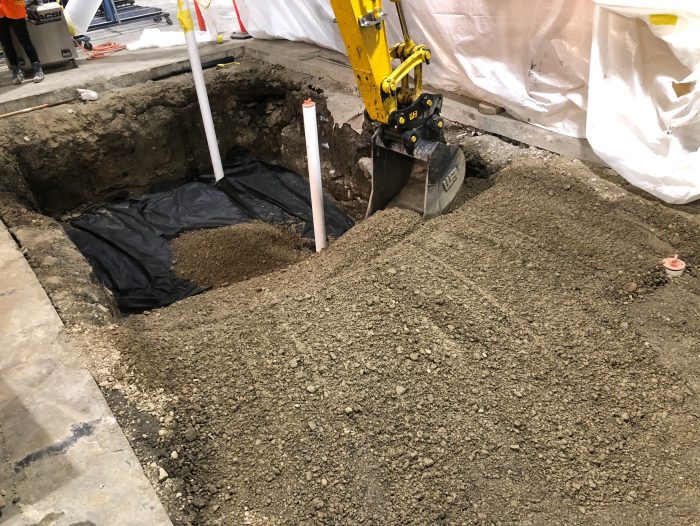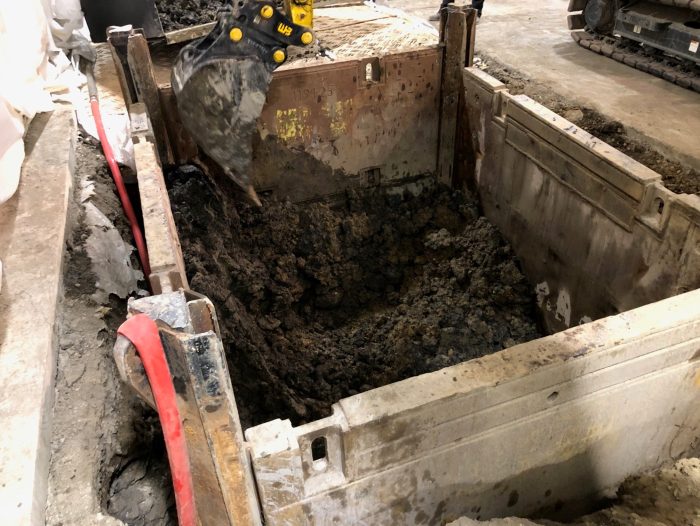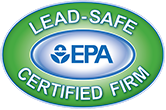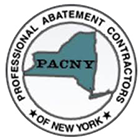TCE Impacted Soil Remediation, Western New York
PROJECT HIGHLIGHTS:
- Demolition and removal of 20 tons of impacted concrete floor
- Excavation and management of 100 tons of hazardous TCE soil and 200 tons of non-hazardous soil
- Management of impacted groundwater
- Restoration of the concrete floor
In Western New York, a manufacturing facility underwent a project involving concrete flooring removal, excavation of contaminated soil, and floor restoration. Contamination, originating from trichloroethylene (TCE) in cleaning agents, was limited to an 800-square-foot area beneath the central concrete slab. Space constraints necessitated the remediation during the second shift to maintain plant operations.
Safety precautions included setting up a polyethylene enclosure and a venting system to manage fumes. The remediation process entailed excavating soil down to 12 feet below grade, followed by backfilling and concrete restoration.
Key project components involved implementing a slide rail shoring system, groundwater management, and handling hazardous and non-hazardous soils. SES delineated the impacted area through saw-cutting, used an excavator with a hydraulic breaker to demolish concrete, and transported materials off-site using non-hazardous and hazardous waste manifests. Pumped groundwater was stored in a 20,000-gallon tank and transported off-site as non-hazardous waste.
Clean stone was imported and compacted in one-foot increments for backfilling, and SES concluded the project by restoring the concrete slab.

